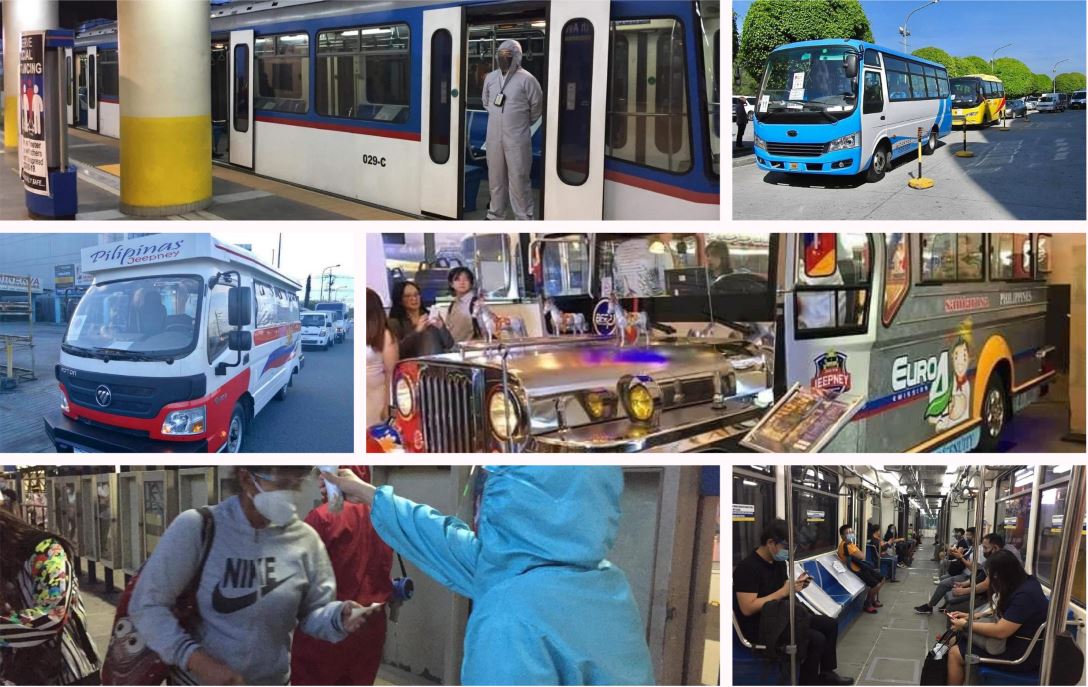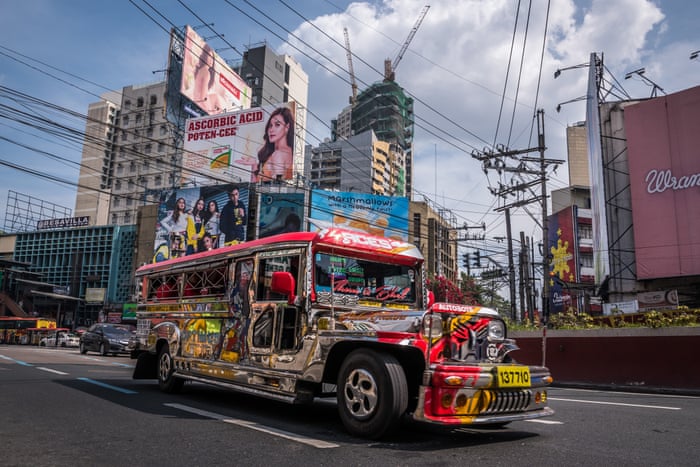Boost Brand Reach with Transit Advertising Philippines
An In-depth Examination of the Approaches and Methods for Successful Transit Marketing Campaigns
Transit marketing campaigns offer an one-of-a-kind opportunity for brands to involve with diverse target markets in dynamic atmospheres. As we discover these critical elements, it ends up being clear that the course to an impactful transit advertising strategy is both gratifying and intricate, raising the concern of just how best to browse these intricacies for optimal brand presence.
Recognizing Target Demographics
Recognizing target demographics is important for the success of transit advertising and marketing campaigns (Transit Advertising Philippines). Determining certain audience sections enables advertisers to customize their messages efficiently, making certain that the web content resonates with the designated viewers. This approach boosts engagement and makes the most of return on investment
To successfully analyze target demographics, marketing professionals must think about a number of essential elements, consisting of age, income way of living, profession, and degree choices. For example, a campaign targeted at young professionals might concentrate on convenience and modernity, while one targeting family members may highlight safety and security and reliability. Furthermore, geographic aspects such as country versus city setups can substantially influence consumer habits and choices.
Information collection techniques such as studies, emphasis teams, and social networks analytics give valuable understandings right into market trends and consumer practices. By leveraging this info, advertisers can craft compelling narratives that line up with the worths and requirements of their target market.
Ultimately, understanding target demographics not only educates the tactical direction of transportation advertising and marketing projects but also makes sure that resources are allocated effectively. This targeted approach enhances the likelihood of accomplishing campaign goals, cultivating brand name loyalty, and driving conversions.
Imaginative Style Techniques
Reliable communication with target demographics relies heavily on ingenious creative layout strategies in transit advertising campaigns. To effectively record interest in a crowded aesthetic setting, developers need to prioritize clearness and aesthetic effect. Making use of high-contrast aspects and bold shades can enhance presence, making sure that messages are easily understandable from a distance.
Integrating dynamic imagery that resonates with the target market is vital. Visual storytelling methods can stimulate emotions and produce remarkable associations with the brand name. Additionally, strategic use typography aids communicate crucial info promptly; suitable dimensions and clear font styles further enhance readability.
Integrating interactive elements, such as QR codes or increased fact attributes, can engage commuters beyond passive monitoring (Transit Advertising Philippines). These techniques not only advertise user interaction however likewise connect the gap in between traditional advertising and electronic involvement
In addition, utilizing room artistically-- whether on bus wraps, transportation sanctuaries, or subway ads-- can cause ingenious formats that break the mold and mildew of conventional marketing. By accepting imaginative imagination while maintaining brand consistency, projects can cultivate a strong connection with their target market, inevitably driving both awareness and activity. The integration Your Domain Name of these style methods is vital for accomplishing successful transportation advertising and marketing end results.
Strategic Placement Approaches
Optimizing the impact of transportation marketing rests on strategic placement approaches that ensure optimal visibility and interaction. Effective positioning includes recognizing and examining high-traffic areas passenger demographics to identify one of the most beneficial locations for advertisement screens. For example, placing ads near entrances and departures of transportation vehicles can record the interest of boarding and touching down travelers, thus improving exposure.
Additionally, making use of both exterior and interior surfaces of transit lorries can dramatically expand reach. Outside ads, visible throughout commutes, involve pedestrians and various other chauffeurs, while indoor ads target travelers in a restricted setting. Furthermore, positioning ads in transit hubs, such as bus terminals or train terminals, permits for enhanced impressions as commuters shift in between different modes of transport.
Timing is likewise crucial; lining up the campaign launch with peak traveling durations maximizes audience interaction - Transit Advertising Philippines. Furthermore, leveraging digital screens en route settings can help with vibrant content, improving and offering real-time updates user interaction. By employing these tactical positioning approaches, marketing experts can ensure that their transportation marketing campaign accomplish optimal presence, resonate with the target market, and eventually drive wanted end results

Gauging Project Performance
To assess the success of transit marketing campaigns, it is vital to utilize a selection of dimension methods that supply insights into target market engagement and total performance. One key technique is making use of vital efficiency signs (KPIs), such as reach, impressions, and use this link involvement rates, which evaluate the number of individuals communicated and viewed the promotion with it.
Studies and emphasis groups can additionally be crucial in evaluating customer understandings and recall, allowing marketing professionals to comprehend the effect of their messaging. Furthermore, tracking website web traffic and social media sites engagement throughout and after the campaign helps gauge direct feedbacks to the advertising and marketing.
An additional effective strategy is utilizing location-based analytics, which can supply data on foot web traffic around specific transit areas, providing understandings into whether the project effectively captured the interest of travelers. Additionally, evaluating sales data can expose relationships between transportation marketing and raised income, giving tangible evidence of a project's effectiveness.
Instance Researches of Success
Recognizing the performance of transportation advertising and marketing projects via measurement techniques lays the groundwork for analyzing real-world examples that highlight effective outcomes. By employing geo-targeted electronic advertisements and analytics, the brand name gauged a 30% rise in sales in areas where the covers were plainly shown, demonstrating the straight effect of transit marketing.
An additional engaging example comes from a neighborhood not-for-profit company that released a project on train platforms to promote a community event. The company integrated dynamic visuals with QR codes guiding travelers to an enrollment page. Post-campaign analysis disclosed a 50% rise in occasion participation compared to the previous year. Making use of straight engagement through technology amplified the project's reach and efficiency.

Final Thought
In summary, successful transit marketing projects require a thorough strategy that integrates an understanding of target demographics, innovative design methods, and calculated placement. Jointly, these strategies foster brand presence and optimize the return on investment in transit advertising efforts.
Recognizing target demographics is essential for the success of transit marketing campaigns.Effective communication with target demographics relies greatly on cutting-edge imaginative style techniques in transit advertising campaigns. By employing these critical positioning techniques, online marketers can make sure that their transportation advertising projects accomplish maximum visibility, resonate with the target audience, and ultimately drive wanted results.
Recognizing the performance of transportation advertising projects with measurement strategies lays the groundwork for examining real-world instances that show successful end results.In recap, successful transportation marketing projects require a detailed strategy that integrates an understanding of target demographics, innovative style strategies, and strategic positioning.